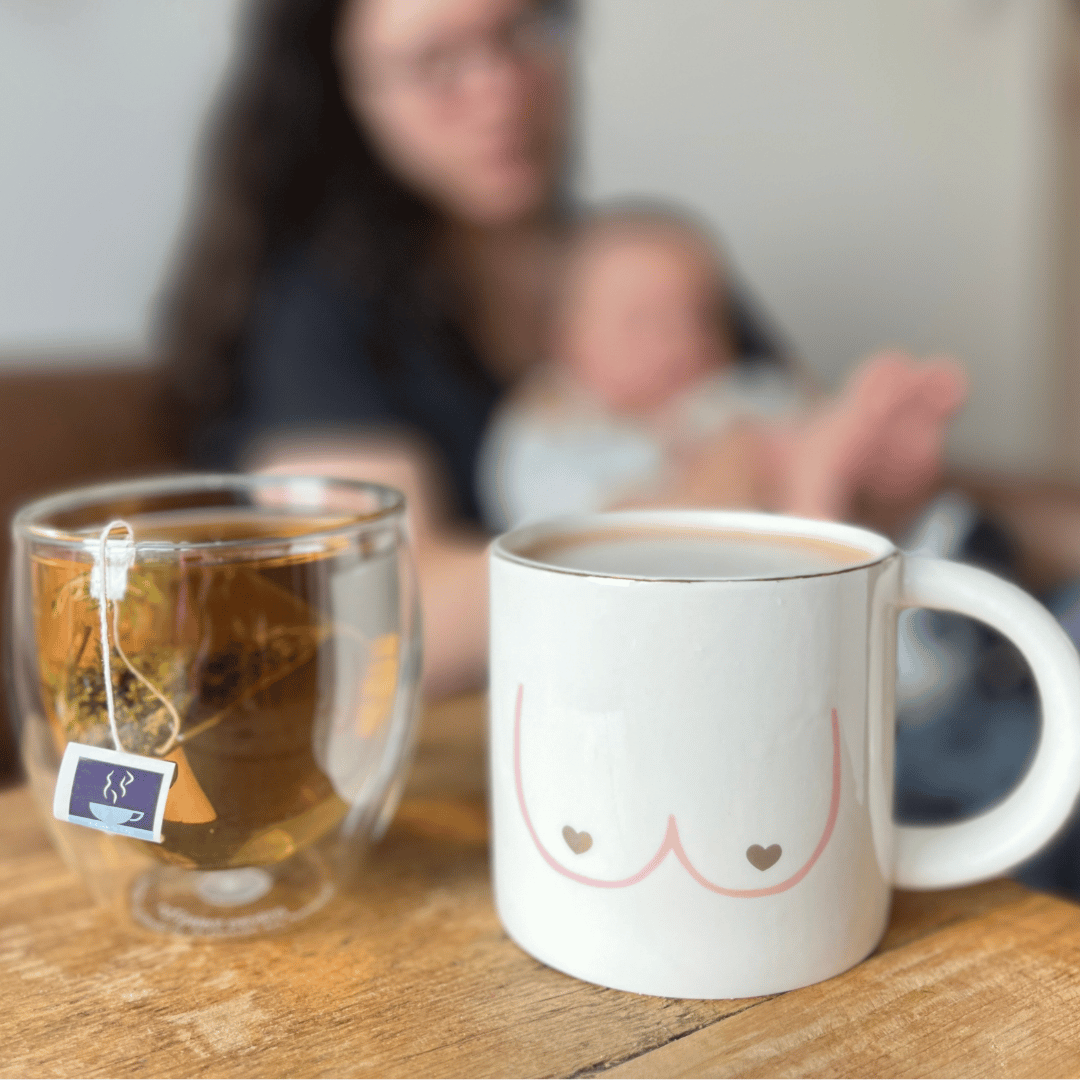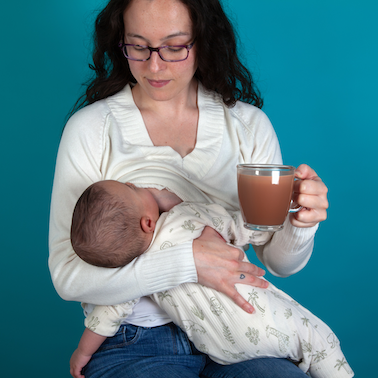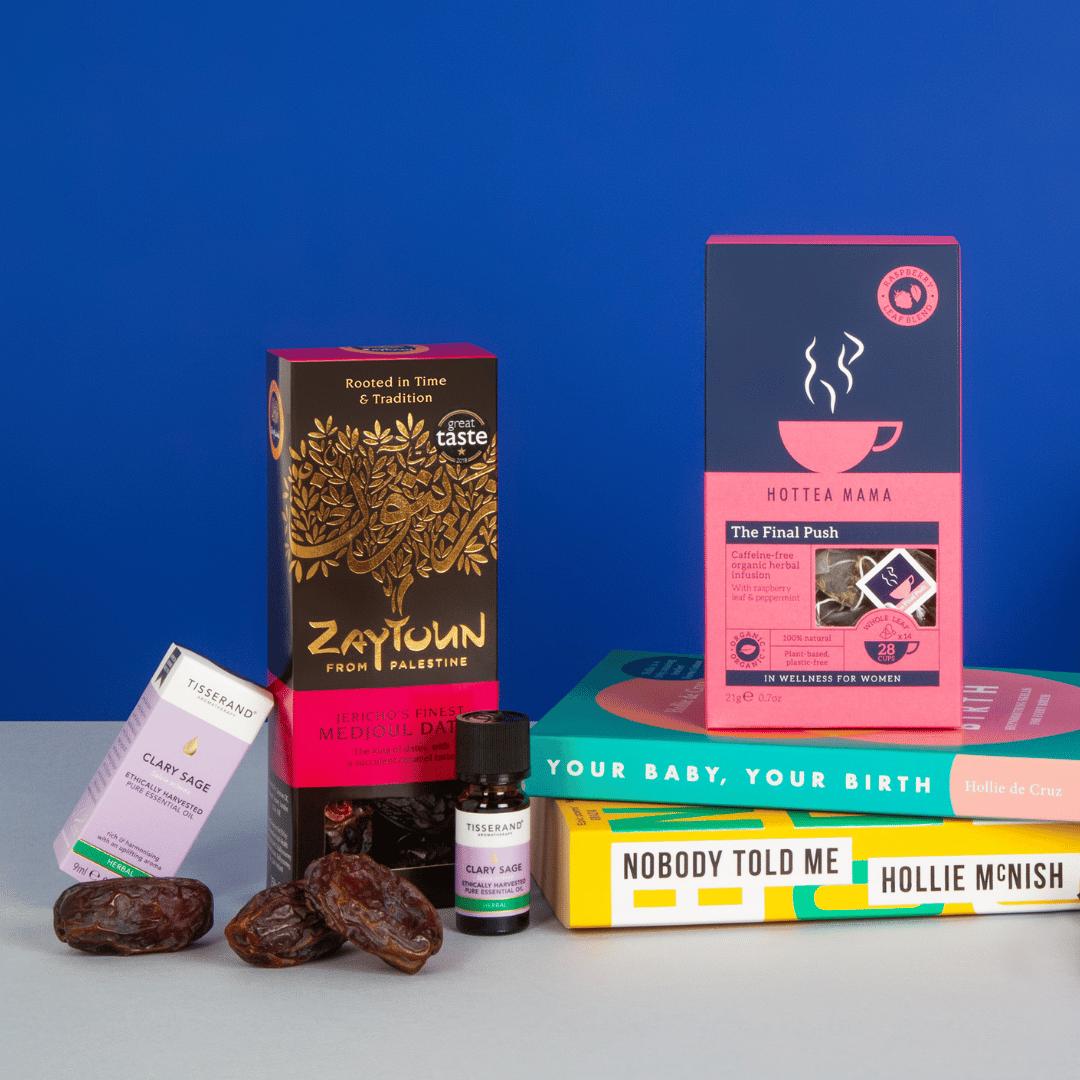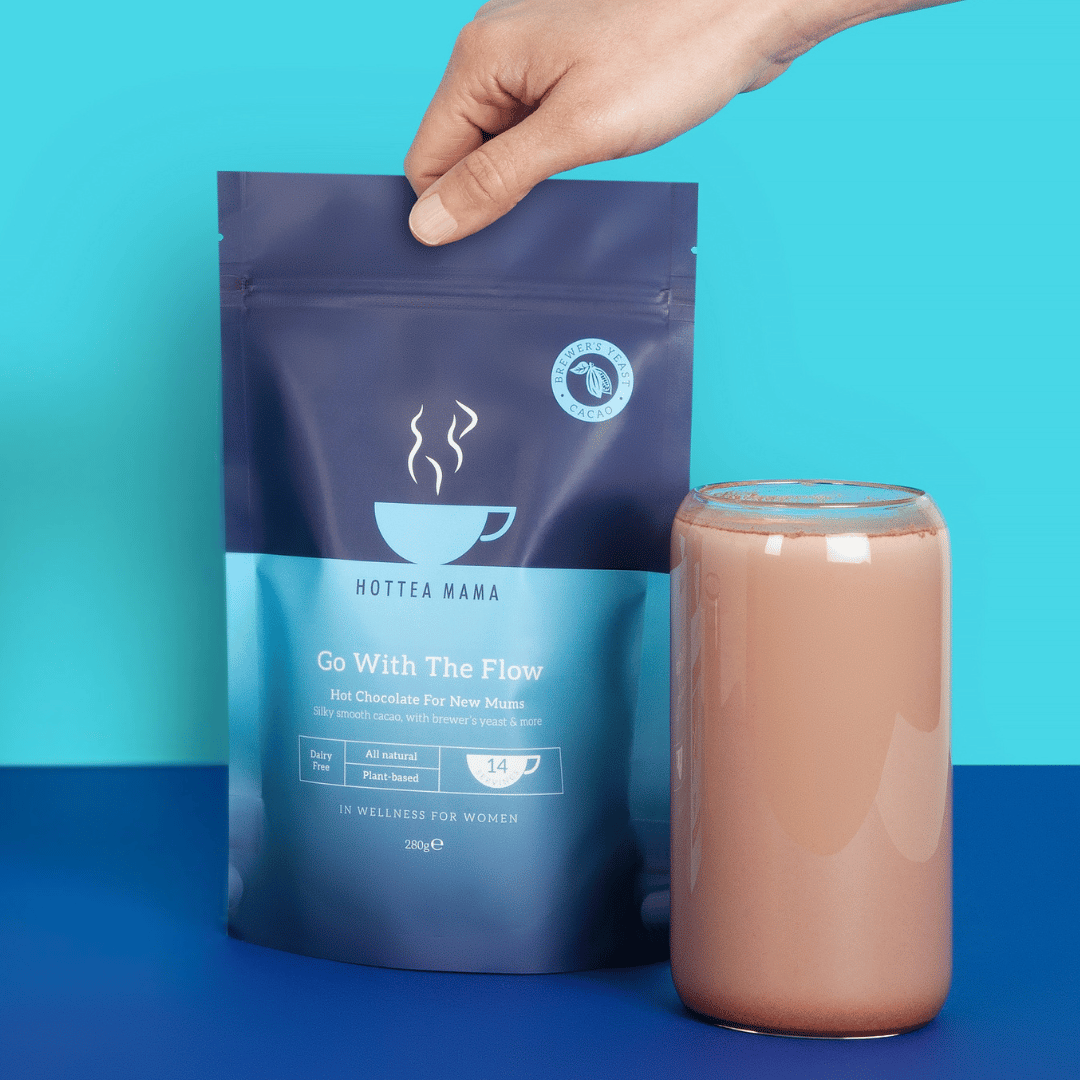Relactation: How to Start Breastfeeding Again After Stopping

Relactation: How to Start Breastfeeding Again After Stopping
Breastfeeding is a unique journey for every mum, and sometimes, life throws us curveballs. Whether you’ve stopped breastfeeding recently or it’s been a while, relactation – restarting breastfeeding – is possible. It might feel daunting at first, but with the right approach, tools, and a good dose of patience, you can nurture this bond with your baby again.
In this guide, we’ll explore practical relactation techniques, tips for boosting your milk supply, and how to give yourself the grace and support you need during this process.
What Is Relactation?
Relactation is the process of resuming breastfeeding after a gap, whether you’ve partially or completely stopped lactation. Your body has an incredible ability to respond to stimulation and produce milk again, but it’s not an overnight process. It typically takes time, consistency, and effort.
Mums might consider relactation for many reasons – from wanting to resume breastfeeding after an illness or separation to simply deciding they’d like to return to nursing after transitioning to formula. Whatever your reason, your goals are valid, and relactation can be a rewarding experience for both you and your baby.
Relactation Techniques That Work
Relactation is all about sending signals to your body that it’s time to start producing milk again. Here’s how to do it:
1. Skin-to-Skin Contact
Spend as much time as possible with your baby skin-to-skin. This helps release oxytocin, the hormone responsible for milk letdown. Skin-to-skin also encourages your baby to latch, which is key to stimulating your milk supply.
2. Encourage Baby to Latch
Getting your baby to latch is one of the most effective ways to stimulate milk production. Even if no milk flows at first, the act of suckling sends signals to your body to produce more milk. If your baby struggles to latch, work with an International Board-Certified Lactation Consultant (IBCLC) to explore different positions and techniques.
3. Pump Frequently
If your baby isn’t latching or you’re supplementing with formula, pumping is your best friend. Aim to pump every 2-3 hours, including once during the night, as this mimics a baby’s natural feeding schedule. Use a hospital-grade double electric pump for maximum efficiency.
4. Hand Expression
Hand expression can be a helpful addition to pumping, especially if you’re just starting your relactation journey. It’s also a gentle way to stimulate your breasts without needing equipment.
5. Use a Supplemental Nursing System (SNS)
An SNS allows your baby to receive formula or expressed milk while suckling at your breast. This encourages your baby to stay at the breast longer while also ensuring they’re getting enough nourishment.
6. Stay Hydrated and Nourished
Your body needs plenty of fluids and nutrients to produce milk. Drink water regularly, eat nutrient-rich foods, and consider herbal teas like our Milk’s Up lactation tea, or our breastfeeding hot chocolate, which are both specially blended to support you stay hydrated with benefits.
7. Be Patient with Yourself
Relactation takes time. Celebrate small wins, like your baby latching for a few minutes or expressing a few drops of milk. Every step forward is progress.
How Long Does Relactation Take?
Every mum’s body is different, and the time it takes to re-establish milk supply varies. Some mums notice an increase in milk production within a week, while for others, it might take several weeks or more. Consistency is key – the more often your breasts are stimulated (by your baby or a pump), the quicker your milk supply will respond.
Tips for a Successful Relactation Journey
- Work with a Lactation Consultant: An IBCLC can provide personalized guidance and troubleshoot any challenges you face. You can search for your nearest IBCLC consultant here.
- Manage Expectations: Relactation doesn’t always lead to a full milk supply, and that’s okay. Even partial breastfeeding has incredible benefits for your baby.
- Get Support: Surround yourself with supportive friends, family, or online communities who understand the ups and downs of relactation.
- Prioritize Rest and Relaxation: Stress can impact milk production. Take time to care for yourself – a warm bath, a cozy tea break, or a moment to breathe can make all the difference.
Can You Still Bond with Your Baby While Relactating?
Absolutely! Breastfeeding is just one way to connect with your baby. Relactation can deepen that bond, but skin-to-skin cuddles, bottle-feeding with eye contact, and singing to your little one are all beautiful ways to nurture your connection.
You’ve Got This, Mama
Relactation is a journey that takes effort, love, and resilience – qualities you already have in abundance. Whether you’re aiming for a full milk supply or simply want to reintroduce breastfeeding alongside other feeding methods, every drop of milk is a win for you and your baby.
And remember, you’re not alone. If you ever need a pick-me-up, a chat with a lactation consultant, or even a comforting cup of one of our breastfeeding brews, we’re here to support you every step of the way.
You’ve got this, Mama.
If you'd like further tips or inspiration, check out our other blogs for expert advice and real mum stories. ❤️




Comments